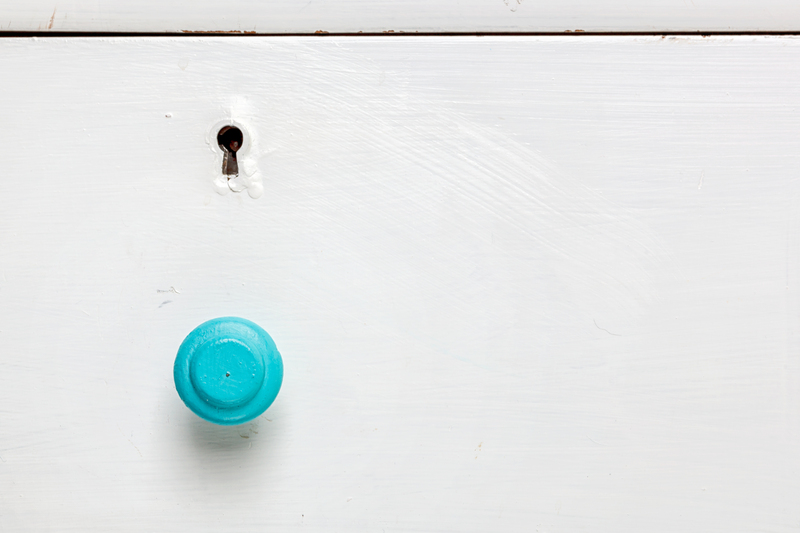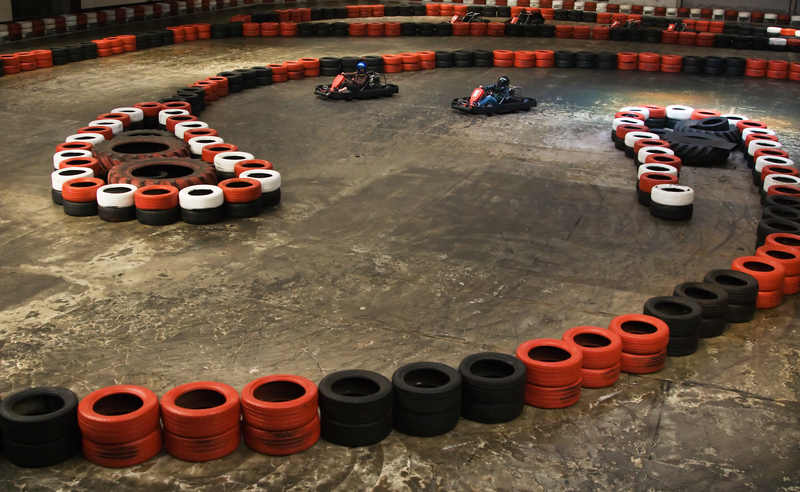Top Mistakes to Avoid in Packaging and Cardboard Disposal
Packaging and cardboard disposal are everyday necessities for households and businesses alike. With the global emphasis on sustainability and recycling, proper handling of packaging materials--particularly cardboard--is essential. However, many individuals and organizations still make significant errors when disposing of these common items, inadvertently causing harm to the environment and incurring unnecessary costs.
In this comprehensive article, we explore the top mistakes to avoid in packaging and cardboard disposal. By sidestepping these errors, you can contribute to a cleaner planet, improve your efficiency, and ensure compliance with regulations. Let's dive into the essentials!

Understanding the Importance of Correct Cardboard and Packaging Disposal
Before delving into specific mistakes, it's crucial to understand why proper packaging and cardboard recycling matters. Cardboard is one of the most widely used packaging materials worldwide. According to recent statistics, over 400 million tons of cardboard are produced annually, a figure that underscores its prevalence and the need for responsible management.
Efficient cardboard disposal ensures that valuable resources are reused rather than wasted. It also helps prevent pollution, conserves energy, and lessens landfill overflow. Furthermore, businesses may face fines if they do not adhere to local recycling regulations. With these stakes in mind, let's review the major common mistakes in packaging and cardboard disposal and how to avoid them.
1. Failing to Break Down Cardboard Boxes
One of the most frequent errors seen in both residential and commercial settings is not breaking down cardboard boxes before disposing of them. This simple step is often overlooked due to haste or misinformation.
Why Is This a Mistake?
- Inefficient use of space: Unflattened boxes take up significantly more room in recycling bins, trucks, and landfill sites, leading to increased transportation emissions and expenses.
- Contamination: Full boxes can hide non-recyclable items or waste, leading to the contamination of otherwise recyclable loads.
Best Practice: Always remove any tape or plastic and flatten your cardboard boxes before recycling. This saves space and makes collection and processing far more efficient.
2. Disposing of Dirty or Wet Cardboard
Not all cardboard is created equal. Greasy pizza boxes, wet cartons, and food-soiled packaging can contaminate entire recycling batches. Moisture and food residues degrade cardboard fibers, rendering them unrecyclable.
Consequences of Improper Disposal
- Recycling contamination: A single food-stained box can cause a whole batch of recycling to be sent to landfill.
- Waste management costs: Sorting and cleaning contaminated loads incur additional expenses for recycling facilities.
Tip: Only place clean and dry cardboard in your recycling bin. If part of a box is soiled, tear off the clean part and recycle it while discarding the soiled portion with general waste.
3. Ignoring Local Recycling Guidelines
Different municipalities have unique rules on how to handle cardboard and packaging disposal. Not adhering to these guidelines can result in fines or rejected recycling.
What You Should Know
- Collection schedules: Some areas collect cardboard separately or on specific days.
- Accepted materials: Not all packaging, such as wax-coated or plastic-lined cardboard, is accepted for recycling.
- Preparation requirements: Some councils require cardboard to be tied in bundles, sorted by type, or even taken to designated drop-off locations.
Advice: Always check your local council's website or contact them directly for the latest packaging recycling guidelines in your area.
4. Mixing Cardboard with Non-Recyclables
A common issue is combining cardboard with non-recyclable waste, such as plastic films, metalized paper, or Styrofoam. This mistake often results from a lack of awareness or inadequate recycling bins.
The Impact of Mixed Waste
- Lower recycling rates: Contaminated loads are dumped rather than recycled, reducing the effectiveness of the recycling process.
- Labor-intensive sorting: Extra resources are needed to separate recyclables from non-recyclables, driving up costs.
Solution: Set up clearly labeled recycling and waste bins. Educate all household members or staff about what materials go where to avoid costly mistakes.
5. Overlooking Packaging Alternatives
Many businesses and consumers continue to use excessive or non-recyclable packaging without considering greener alternatives. This oversight contributes to landfill waste and resource depletion.
Key Considerations
- Choose recyclable cardboard and paper over plastic or mixed-material packaging whenever possible.
- Opt for minimal packaging to reduce overall waste.
- Support brands that use eco-friendly and biodegradable packaging materials.
Recommendation: Research sustainable options before making bulk purchases or selecting shipping supplies. Switching to green alternatives can lower your carbon footprint and appeal to environmentally-conscious customers.
6. Neglecting to Remove Packaging Tape and Labels
Leaving packaging tapes, shipping labels, or plastic windows on cardboard boxes is a common mistake in cardboard recycling.
Why This Matters
- Tapes and plastic elements are typically not recyclable and can gum up recycling machinery.
- They increase the workload for recycling facility staff who must manually remove them.
Tip: Before recycling, take a moment to remove all tapes, labels, and any other non-cardboard materials.
7. Failing to Educate Employees or Family Members
Even with the best systems in place, your efforts may fall short if your team or family members aren't aware of the proper procedures for packaging and cardboard disposal.
Risks of Lack of Education
- Improper sorting leading to increased waste.
- Missed opportunities for recycling and reusing.
What You Can Do: Hold regular training or informational sessions. Clear signage and accessible instructions make a significant difference in maintaining proper disposal habits.
8. Not Reusing Cardboard or Packaging When Possible
Many people toss out perfectly good boxes after a single use. Cardboard boxes can be reused multiple times before their final disposal.
Creative Ideas for Reuse
- Storage boxes for attic or garage organization.
- Children's crafts and school projects.
- Moving house or shipping items.
- Pet beds or animal shelters.
By reusing packaging materials, you reduce the need for new resources and lower the environmental impact of your household or business.
9. Inappropriate Disposal Methods for Commercial Volumes
Businesses generating large volumes of cardboard often dispose of them alongside general waste or use public recycling bins meant for households. This creates strain on municipal services and defeats recycling efforts.
Best Commercial Practices
- Invest in a cardboard baler or compactor to manage bulk efficiently.
- Establish contracts with certified recycling companies for scheduled pickups.
- Train staff on high-volume recycling protocols to minimize waste streams.
Avoid fines and ensure compliance by following commercial recycling best-practices tailored to your business needs.
10. Failing to Keep Up with Recycling Innovations
Recycling facilities and regulations are constantly evolving. New methods for dealing with packaging and cardboard waste are regularly introduced, but failure to stay updated can lead to missed opportunities for further reducing your waste footprint.
Innovation Examples
- Technology-enabled "smart bins" that identify recyclables automatically.
- Advanced separation techniques that handle previously non-recyclable packaging types.
- Closed-loop recycling for businesses with high cardboard turnover.
Stay informed via local government communications, industry news, and environmental organizations to keep your recycling efforts modern and effective.

Frequently Asked Questions about Packaging and Cardboard Disposal
-
Can all types of cardboard be recycled?
No. While most corrugated and paperboard boxes are recyclable, items with heavy wax coatings, food contamination, or plastic linings generally are not. Always check local guidelines. -
What should I do with packaging peanuts and bubble wrap?
These are usually not recyclable curbside with cardboard. Try to reuse them or find a local mail center that will accept them for reuse. -
How can businesses reduce cardboard waste?
By ordering in bulk to minimize packaging, working with suppliers who use sustainable materials, and investing in on-site recycling equipment.
Conclusion: Become a Packaging and Cardboard Disposal Pro
Avoiding the most common mistakes in packaging and cardboard disposal not only benefits the planet but also leads to smoother operations and often saves money. By implementing best practices--such as breaking down boxes, keeping them clean, following local rules, and reusing whenever possible--you can significantly improve your recycling and disposal efforts.
Remember: Every small step counts. Proper cardboard and packaging disposal is everyone's responsibility. Stay informed, educate others, and make sustainability part of your daily routine for a greener, cleaner world.